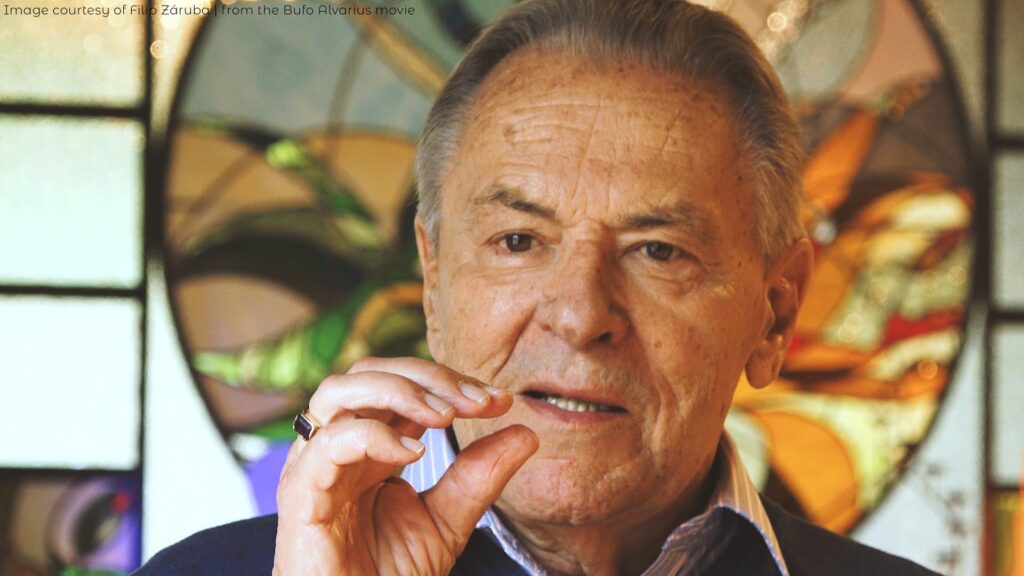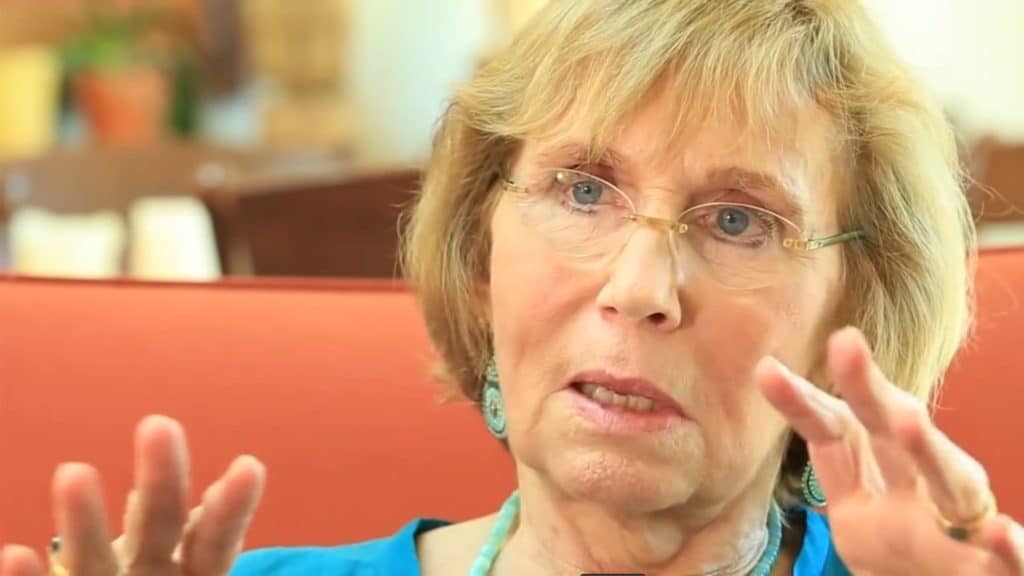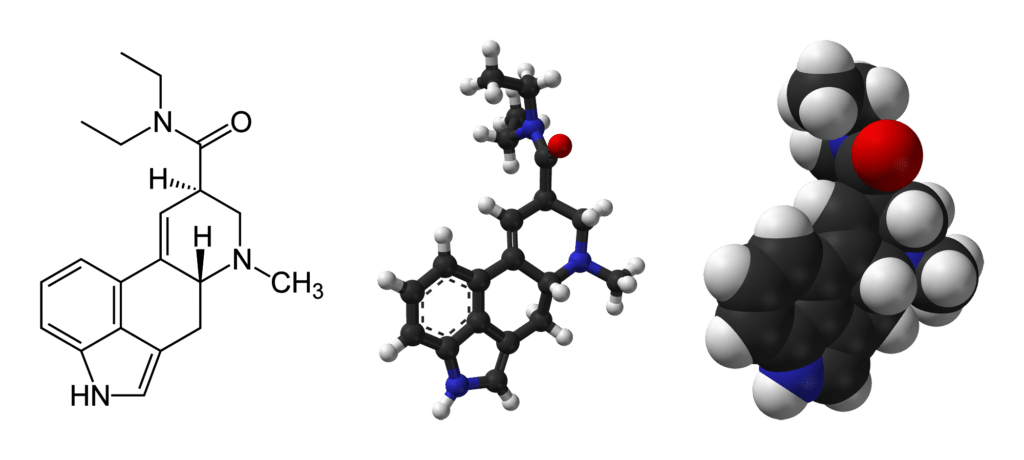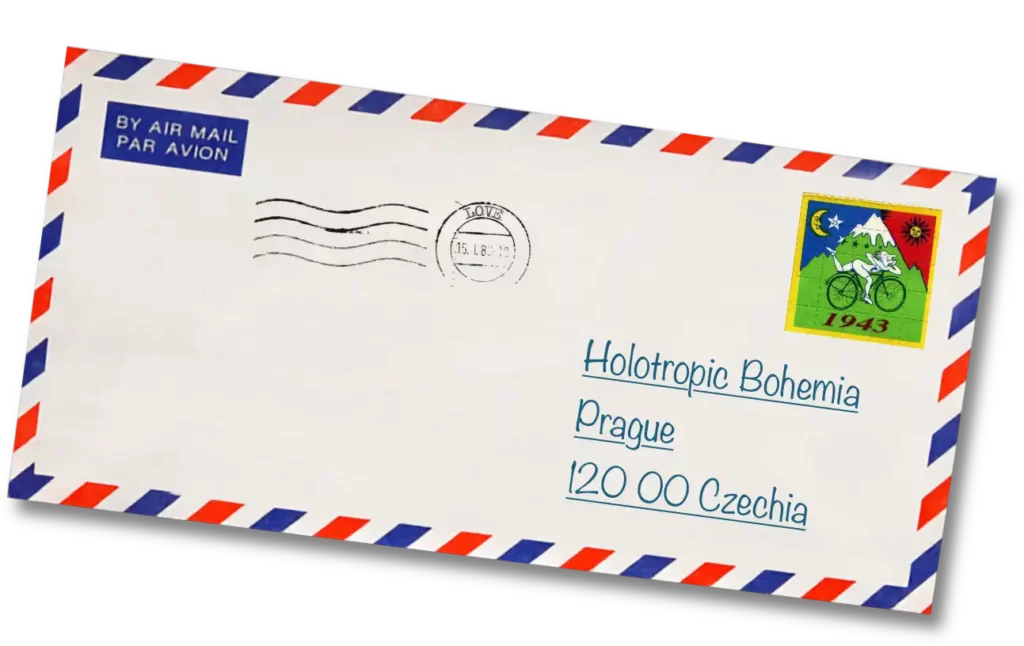Stanislav & Christina Grof
S
tanislav Grof, together with his former wife Christina, invented and then further developed the Holotropic Breathwork method. They formulated the “Principles of Holotropic Breathwork” and, in 1989, founded the Grof Transpersonal Training organization, which then grew into its current shape of an international enterprise with active presence on several continents.

Stanislav Grof, M.D., Ph.D., is a psychiatrist with over sixty years of experience in research of non-ordinary states of consciousness and one of the founders and chief theoreticians of transpersonal psychology. He was born in Prague, Czechoslovakia, where he also received his scientific training. Dr. Grof conducted his early research in Prague and later he was invited to the Johns Hopkins University and the Research Unit of Spring Grove Hospital in Baltimore, MD. Doctor Grof became Assistant Professor of Psychiatry at the Johns Hopkins University and continued his research as Chief of Psychiatric Research at the Maryland Psychiatric Research Center. Later on he was invited as Scholar-in-Residence to the Esalen Institute in Big Sur, California, where he, together with his late wife Christina Grof, developed Holotropic Breathwork. Dr. Grof is the author of over 160 articles in professional journals and numerous books.

Stanislav Grof, M.D., Ph.D., is a psychiatrist with over sixty years of experience in research of non-ordinary states of consciousness and one of the founders and chief theoreticians of transpersonal psychology. He was born in Prague, Czechoslovakia, where he also received his scientific training. Dr. Grof conducted his early research in Prague and later he was invited to the Johns Hopkins University and the Research Unit of Spring Grove Hospital in Baltimore, MD. Doctor Grof became Assistant Professor of Psychiatry at the Johns Hopkins University and continued his research as Chief of Psychiatric Research at the Maryland Psychiatric Research Center. Later on he was invited as Scholar-in-Residence to the Esalen Institute in Big Sur, California, where he, together with his late wife Christina Grof, developed Holotropic Breathwork. Dr. Grof is the author of over 160 articles in professional journals and numerous books.

Christina Grof was a graduate of Sarah Lawrence College, where she studied with the mythologist Joseph Campbell and poet Muriel Rukeyser. A mother and wife, she was a former teacher of art, writing, and Hatha Yoga. For many years, she was a student and devotee of swami Muktananda. Christina was in residence at the Esalen Institute in Big Sur, where she and her husband Stan led a series of educational programs and workshops. She was teaching on various topics of transpersonal psychology in America, Australia, India, Japan and a number of European countries. Motivated by her own crisis, she founded the Spiritual Emergence Network, an organization helping people in psychospiritual crisis to avoid psychiatric stigma and find alternative treatment. She wrote an influential book on the relationship between spirituality and addiction entitled The Thirst for Wholeness: Attachment, Addiction and the Spiritual Path.
Christina Grof was a graduate of Sarah Lawrence College, where she studied with the mythologist Joseph Campbell and poet Muriel Rukeyser. A mother and wife, she was a former teacher of art, writing, and Hatha Yoga. For many years, she was a student and devotee of swami Muktananda. Christina was in residence at the Esalen Institute in Big Sur, where she and her husband Stan led a series of educational programs and workshops. She was teaching on various topics of transpersonal psychology in America, Australia, India, Japan and a number of European countries. Motivated by her own crisis, she founded the Spiritual Emergence Network, an organization helping people in psychospiritual crisis to avoid psychiatric stigma and find alternative treatment. She wrote an influential book on the relationship between spirituality and addiction entitled The Thirst for Wholeness: Attachment, Addiction and the Spiritual Path.





